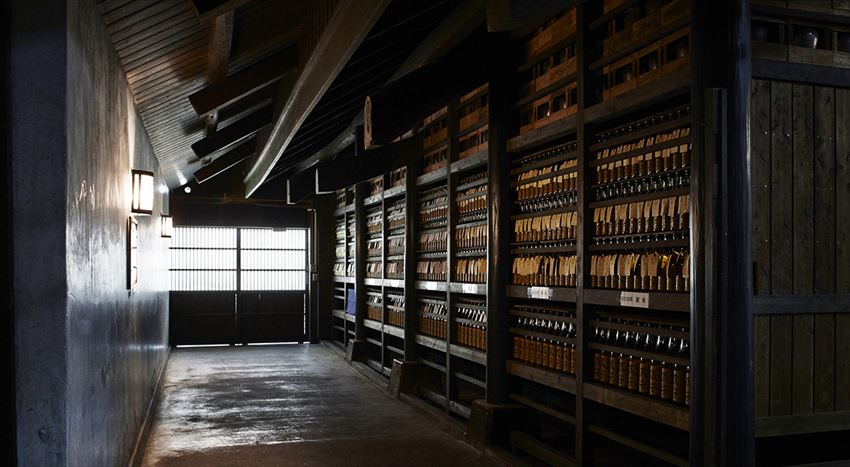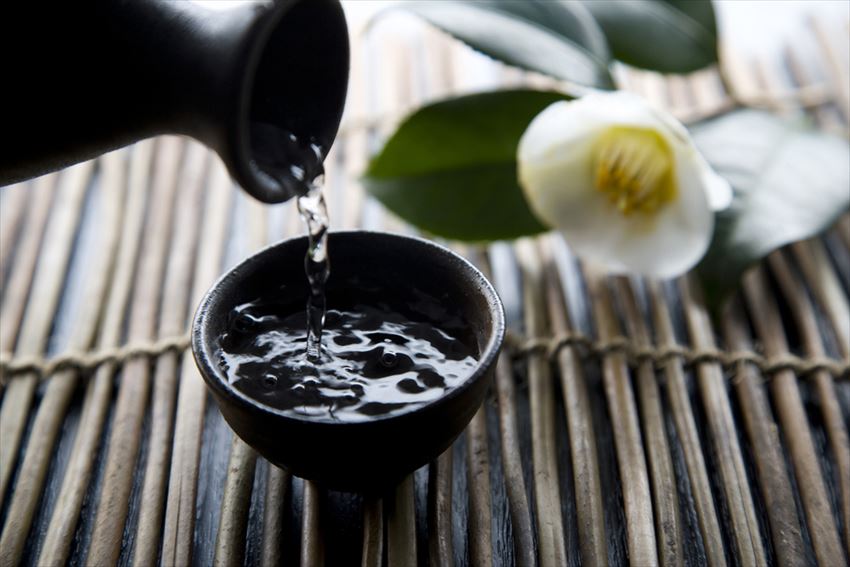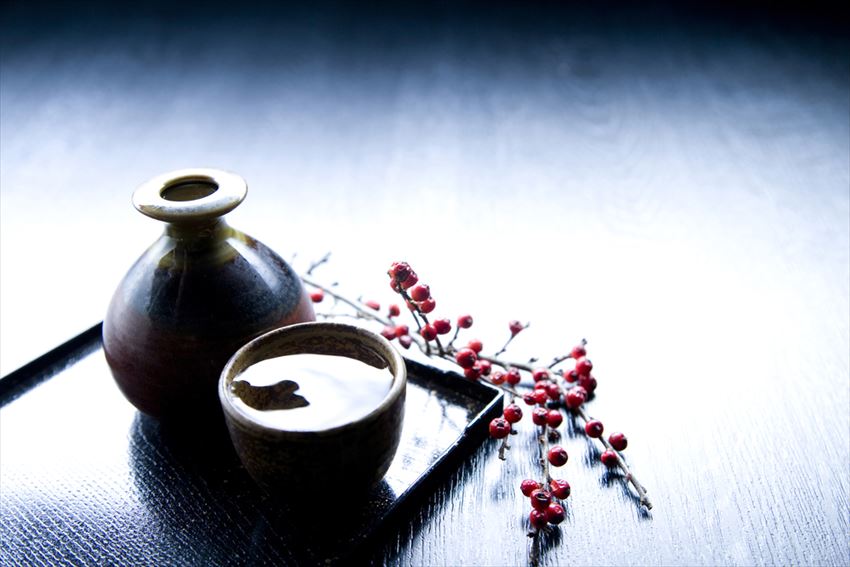Still, the brewing and crafting of sake is more than a millennium old in Japan, a complex process that has long captivated Japanese toji (sake brewers), and they have developed many subtle variations over the centuries. The process has benefited greatly from advancements in manufacturing and chemistry alike, and the finer sakes rise to a level comparable to great wines on sensitive palates.

The taste of sake depends on the variety of rice that is used in its production, much as wine's flavor depends on the variety of grapes used. The type of rice used is called saka mai, and it is a larger grain, containing less protein than the rice the Japanese eat. Since what is fermented in the rice is the starch, the milling and polishing of the rice is crucial, to remove the outer husk, where the protein lies; the more the rice is polished, leaving only the pure white starch, the higher-quality the sake can be. There are more than 80 varieties of saka mai, each with its own flavor.
The quality of water used in the sake-making process – from washing the rice to diluting the finished product – contributes not just to the flavor, but to its color as well. The quality and chemical composition of the water is closely watched, since water with too much iron, for instance, can affect the color and the taste, while potassium and magnesium will boost the speed and intensity of the fermentation process. “Hard” water, with a higher mineral content, is known to produce a drier flavor, while “soft” water produces a sweeter sake. To this day, the most breweries in Japan are clustered in Niigata Prefecture, where the water is considered to be particularly good.

The ingredient that turns that rice and water into sake is a mold, Aspergillus oryzae, which sake makers call koji mold. Koji mold is also used to ferment soybeans into miso and soy sauce, the stronger alcoholic beverage shochu, as well as rice vinegar. This tiny but mighty mold is so crucial to Japanese cuisine that in 2006, the Brewing Society of Japan officially declared koji mold to be Japan’s “national fungus.” In addition to koji mold, yeast is also added, in what is a double-fermentation process unique to sake. After fermentation and filtering, sake is stored for between six months and a year, after which little “aging” is accomplished. Unlike wines, few sakes benefit from extended storage.
Thus, although it is sometimes discussed in terms of its “notes” and subtle flavors, the creation of sake is closer to that of beer. While wine is made by fermenting the sugar in grapes into alcohol, sake is made by converting the starch in rice into sugars, which are then fermented into sake. During the rationing of World War II, sake brewers were forced to add extra alcohol and even sugar to the rice mash to make the process more efficient and productive, and that has remained a part of the manufacture of most sake in Japan. Thus, only about 25% of Japanese sake is designated “junmai,” or pure sake, the highest quality. In contrast, much sake is watered down after it has finished brewing, and before the aging process. Even so, sake’s 18-20% alcohol content is higher than both beer (6-9%) and wine (9-16%).
Menangkan liburan gratis ke Jepang!
Find more similar articles! > Click Here!

Comments